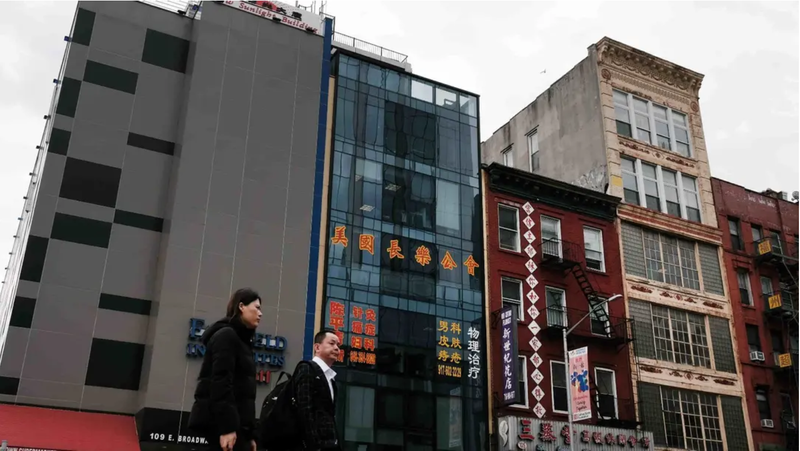Typhoon Bebinca Makes Powerful Shanghai Landfall
Over 400K people were evacuated after Typhoon Bebinca, the strongest typhoon to hit Shanghai since 1949, made landfall in China's financial hub on Monday at around 7:30 a.m. local time....
0:00
/1861
Facts
- Over 400K people were evacuated after Typhoon Bebinca, the strongest typhoon to hit Shanghai since 1949, made landfall in China's financial hub on Monday at around 7:30 a.m. local time.[1]
- The city's two main airports grounded all flights, train services were halted, highways remained closed, and a red alert was declared after wind speeds hit 94 mph (151 km/hr).[2][3]
- Called 'Beibijia' in China, the Category 1 storm is expected to bring torrential rain to the Jiangsu, Zhejiang, and Anhui provinces. All vessels have been asked to return to port to avoid heavy seas.[3][4]
- Shanghai's 25M residents have been advised to stay indoors amid reports of 'significant damage across the city,' power outages, and over 1.8K downed trees.[5]
- The storm had earlier passed through the Philippines, killing six people, as well as Japan.[6]
- This comes after Typhoon Yagi caused deadly impacts in China, the Philippines, and Vietnam last week.[7]
Sources: [1]Reuters, [2]BBC News, [3]Al Jazeera, [4]Bloomberg, [5]France 24, [6]Dw.Com and [7]Time.
Narratives
- Narrative A, as provided by ECO. The increasing frequency and intensity of storms in East Asia demand urgent action. Governments must prioritize better urban planning and infrastructure development. This includes improving drainage systems, expanding green spaces to absorb rainfall, and investing in flood management infrastructure. Authorities should also focus on developing and implementing early warning systems and creating or updating evacuation plans for vulnerable communities.
- Narrative B, as provided by New York Times. While devastating storms like Typhoon Bebinca grab headlines in East Asia, the true impact of climate change often lurks in the shadows. A silent and invisible assault, too, is unfolding, causing more subtle but pervasive effects. The rising workplace accidents, falling test scores, and rising social tensions are all unspoken results of global warming. These hidden costs disproportionately affect vulnerable populations and are separate from the more notorious capital improvement projects often touted as solutions.







